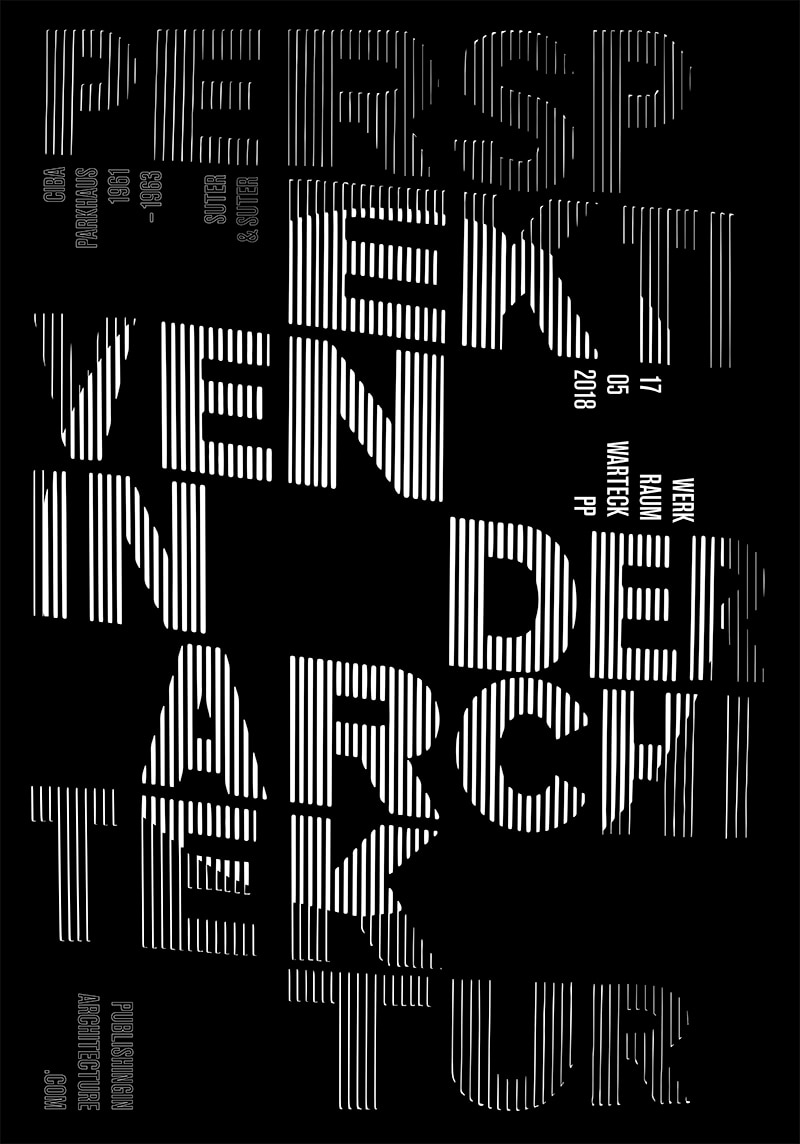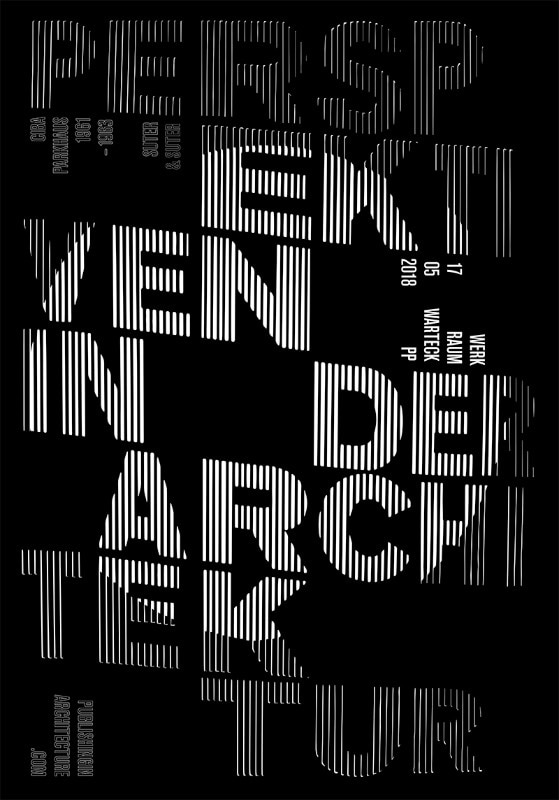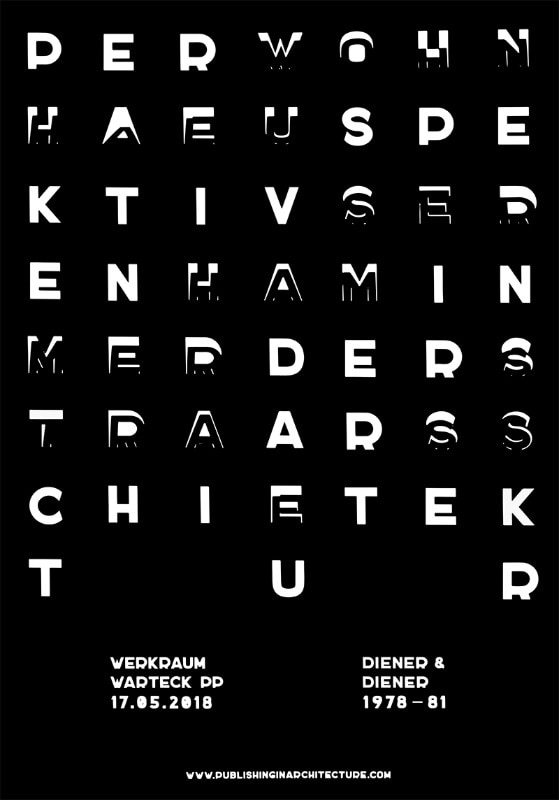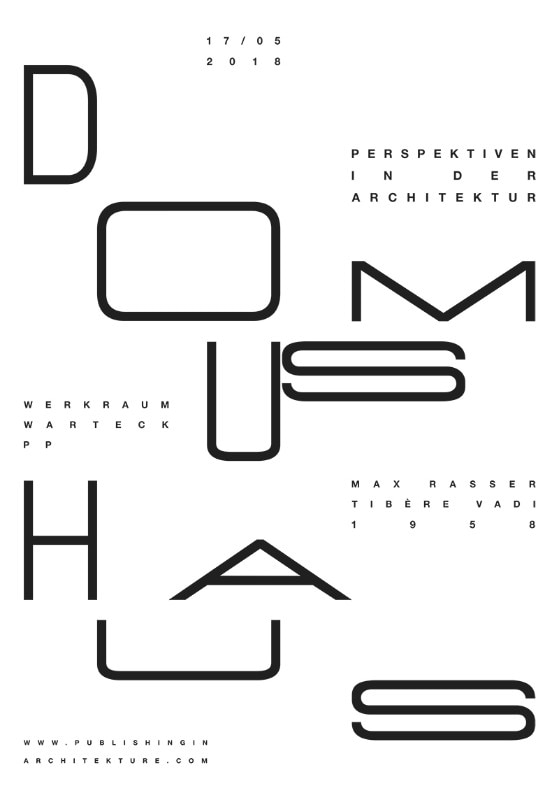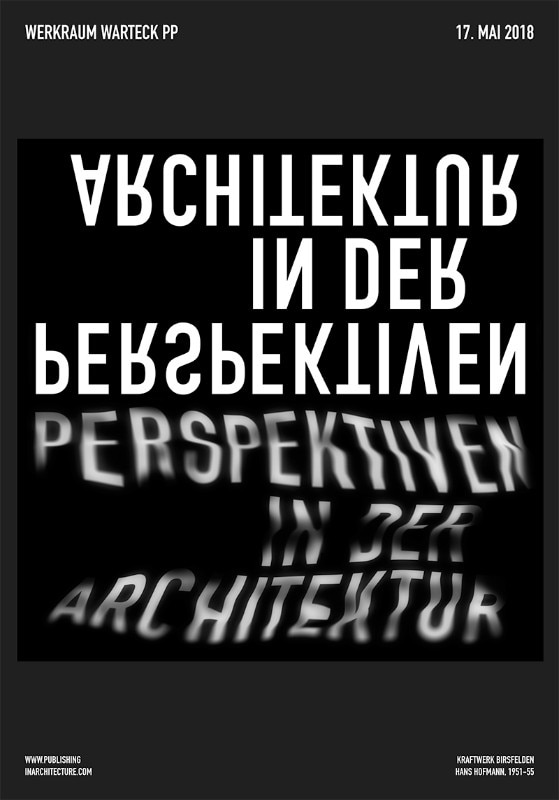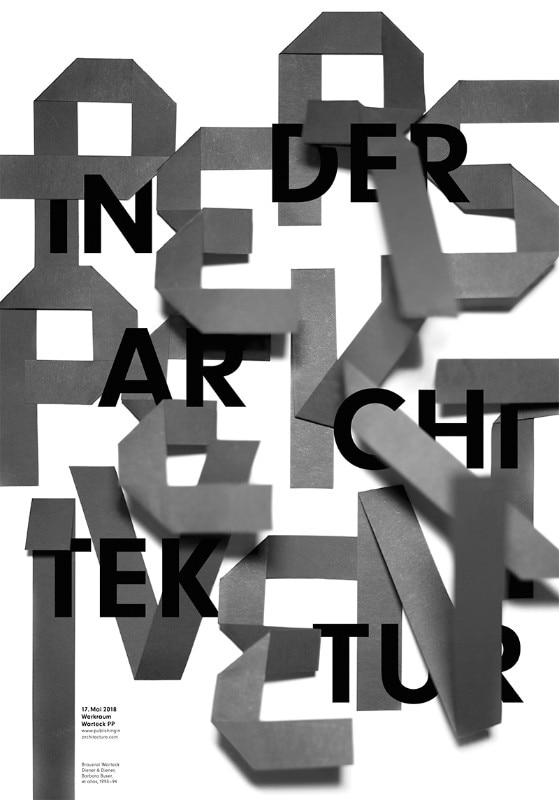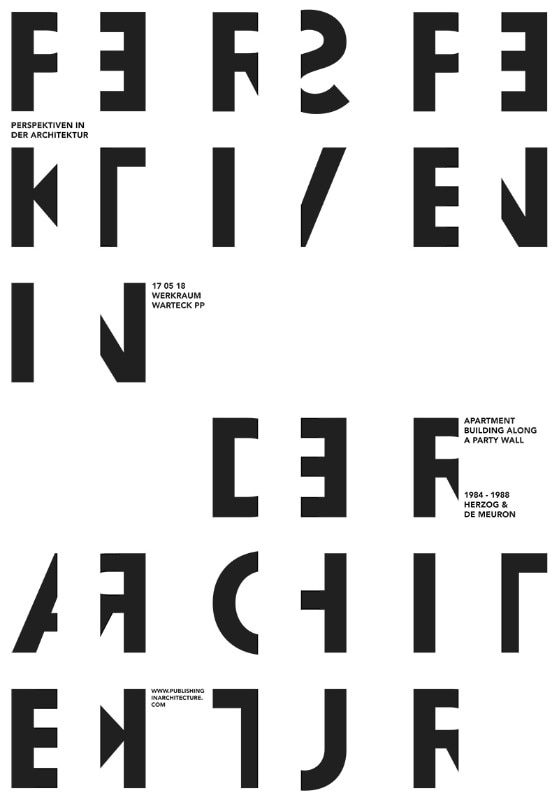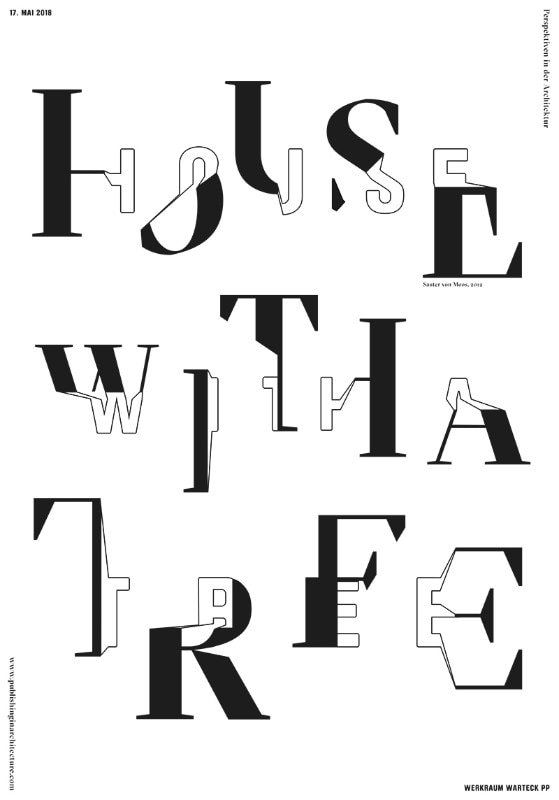A few days ago San Rocco Architecture Magazine decided the early closure of the editorial experiment – already announced from the beginning as a five-years project. The reasons, as the founders say, is a kind of disappointment for not being able to get an echo out of the niche – a considerable niche anyway, given the international success of the magazine: a visual formula soon become iconic, if not mannered, which nevertheless polarized all attention to the detriment of the texts. Perhaps San Rocco will reappear in other forms, as book series of monographs or biographies… Let’s see.
Nothing unexpected or surprising: Roberto Zancan had already critically analyzed the appearance of this and similar editorial projects, initially born in academic and scientific contexts, then moved to more collective, more simplified, differently elitist contexts. Let's try to take up some of the topics raised by that article, opening up further elements of reflection in the discussion on the nature and future of architecture publishing with a special partner: Mark Wigley, professor at Columbia University in New York, historian and theorist particularly interested in the intersections between architecture, philosophy, culture and technology.
Last May, at the opening of the Publishing in Architecture symposium in Berlin, you brought again attention to the paradox that there is no architecture without words. And still today, despite its fragility, paper – not digital devices – ensures the dream of permanence of architecture. So: we considered books already dead, and do we realize their usefulness instead?
Cohabitation with digital and new media increases the responsibility or even the seduction of books and printed paper in general. Consider historical archives: the digitization of documents has made available a great deal of information, but has increased the number of requests for consultation of the original documents. As far as publishing is concerned, architects have never stopped loving books. Moreover, today knowledge and techniques available to everyone increase exponentially the production of books - students learn very early to make a book for every project. We are in a way overwhelmed by beautiful books, very well done: but mostly it is clear that they are not books conceived/designed to be read. I have the feeling that these layers of books and magazines – and the insistence, the almost maniacal care of the formal aspects of the publication – somehow are filling the insecurity of architects. In the past, if you were making good books and good buildings, you ruled the universe, let’s think to Loos, Le Corbusier, Koolhaas… Today architects are still producing books and buildings trying to be “modern”: but mostly are desperate attempts to produce paper monuments without any awareness of what it means to be an architect in the XXI century. It seems to me very defensive.
You are a particularly careful observer of the relationship between media and architecture. Do you think that today the subject is clear?
In the ’60 and ’70, there were analysis and discussions on how media were transforming the perception of architecture - surely TV, for example, had revolutionized architecture, transforming the experience of space, and this was responded to in very thoughtful and polemical ways by Italian Radicals like Ugo de la Pietra along with Buckminster Fuller, Cedric Price, Hans Hollein and Konrad Wachsmann. But in the end, these were very small discourses in relation to the enormity of the transformation. Now TV has gone, the new social media appeared, deeply disrupting the whole system. The analysis of the phenomena, however, did not go hand in hand. In fact, I would say that we have developed a new lack of sophistication in reading media. There is a kind of blindness in our schools too. We still consider buildings as physical objects PLUS media – forgetting what we learned from Vitruvius, that architecture itself is a media, and we have to consider its relationship with other media. Publication simply means to make an idea public. Or speaking to a public. Today with social media everything is public. Not only this: everything is about synchronization – material synchronization given by our devices, but even more cultural synchronization. Who ever wants to be out of sync? Everything tends towards the same story. So finally architecture has nothing to say because it has already been said.
I have the feeling that these layers of books and magazines – and the insistence, the almost maniacal care of the formal aspects of the publication – somehow are filling the insecurity of architects
In this context, what kind of future for books?
I think that the role of the books can be the reverse, instead of making ideas public, we can consider making them private – removing them from this continuous stream. Magazines have become less and less, publishers too… All efforts are aimed at maximizing the number of readers that are not really reading. There is systematic a lack of attention. The countless channels streaming towards us are only monitored for minor changes rather than read. Just a glance. So architecture, for example, has become something that is only ever glanced at. Why not rebel against this anesthetic economy and try to reduce the number of readers and paradoxically increase the amount of reading? It sounds like a provocation, but it is just an interest in awakening more precise discourses, not necessary radical.
So the solution is in a low-run publishing, near to be self-production? Smaller audience means smaller budget, and we don’t have to forget that publishing is part of an economic system…
Yes I think that there could be a smaller scale economy. From this point of view, perhaps we can think of a kind of revenge of the book – I’m thinking of a different book, not designed for a broad audience or a sudden success. Strong ideas by definition have a difficult life, they get success when they don’t expect to get it. Publishers should also reconsider a proactive role, creating conditions of hospitality to unexpected ideas in a profitable exchange between the various sections of their catalogue. The goal is to reduce the number of readers in the hope of inventing another kind of unforeseen reader. I’m sure that there is a potential for another kind of discourse. Perhaps I’m still fond the idea of the avantgarde; but to react to this flatness, we do need new and surprising discussions.


